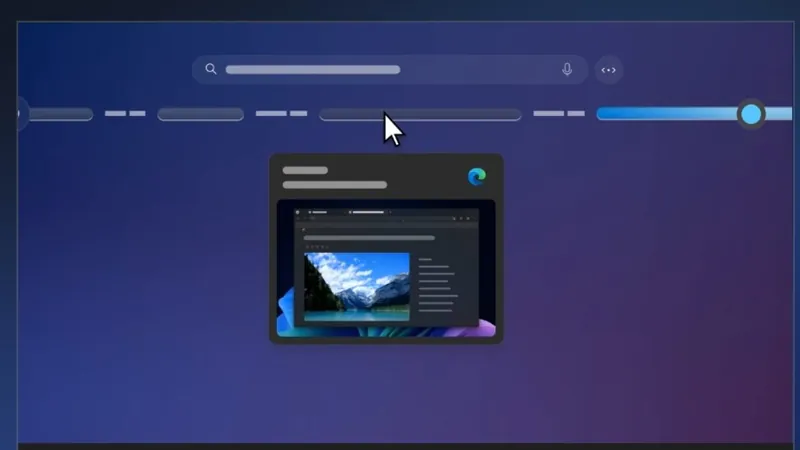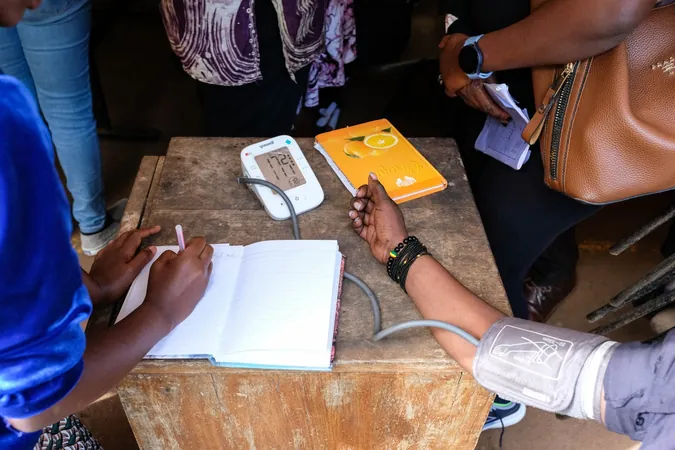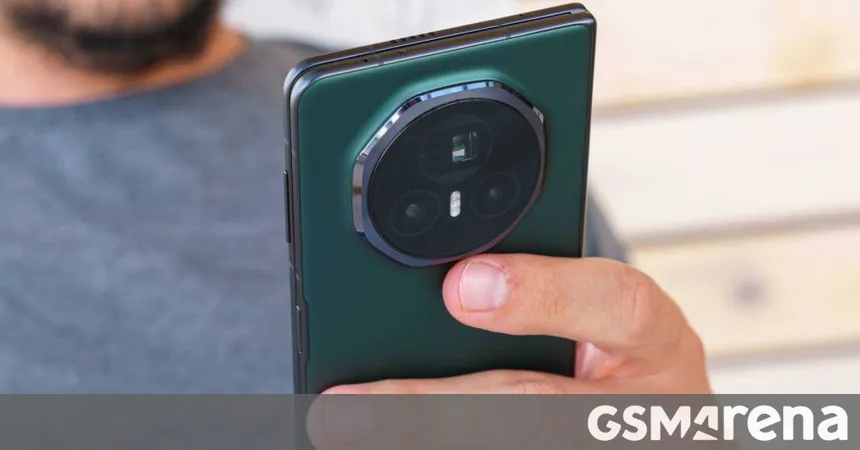
Microsoft's Windows 11 Recall Feature: What’s Changed and What Still Worries Users
2025-04-21
Author: Amelia
The Controversial Recall Feature Returns
Microsoft is gearing up to resurrect its Recall feature for Windows 11, but this time, it comes with a lot more eyes on it. Initially launched with glaring security flaws, Recall is designed to capture your on-screen activity—including text and screenshots. The original rollout was marred by backlash from security experts and users alike, leading to its last-minute delay.
Security Overhaul: What’s New?
The revamped Recall is now being rolled out to the Windows Insider Release Preview channel after extensive testing. Crucially, it is turned off by default, allowing users to opt in if they choose. Microsoft has made serious changes to its security architecture: now, data is encrypted at rest, ensuring that it’s inaccessible to unauthorized users. Users are also required to use Windows Hello for access to their Recall database.
Testing Recall: A User’s Experience
I tried out the updated Recall on various high-performance devices, noticing how it operates differently now. Only devices equipped with NPUs will support Recall, limiting its availability significantly. Upon installation, users encounter an introductory setup screen explaining the feature, which must be actively enabled twice before it truly begins recording.
How Does Recall Work?
Once activated, Recall captures two types of data: screenshots (excluding the taskbar) and a searchable text database created using OCR technology. However, there are restrictions; it only processes the currently active window. Users are able to easily manage the captured data, delete screenshots from certain apps, and apply automated filters to safeguard sensitive information.
Major Improvements but Persistent Concerns
One noteworthy addition is the automated content filtering aimed at preventing sensitive data, like credit card information, from being captured. While this function offers better protection than before, there are still edge cases where sensitive data slips through. Users are left wondering what the system is actually filtering without any transparency.
Lingering Technical Challenges
Despite significant improvements, some technical concerns remain. For instance, while biometric authentication is required for initial setup, users can later access Recall using a PIN, which could pose risks in shared or vulnerable environments. Security experts have flagged this as a potential Achilles' heel.
The Trust Factor: Can Microsoft Regain Users' Confidence?
Ultimately, Microsoft faces an uphill battle in restoring trust. The initial rollout of Recall left a bad taste in many mouths, reinforcing a narrative of distrust that continues to haunt the company. Even with improved security measures, many users remain hesitant to embrace a feature that essentially records everything they do on their computer.
In essence, while the new Recall promises a more secure experience, it comes packed with lingering skepticism from users who remember its troubled launch. Whether Microsoft can overcome its shaky reputation and persuade its user base to embrace Recall remains to be seen.









 Brasil (PT)
Brasil (PT)
 Canada (EN)
Canada (EN)
 Chile (ES)
Chile (ES)
 Česko (CS)
Česko (CS)
 대한민국 (KO)
대한민국 (KO)
 España (ES)
España (ES)
 France (FR)
France (FR)
 Hong Kong (EN)
Hong Kong (EN)
 Italia (IT)
Italia (IT)
 日本 (JA)
日本 (JA)
 Magyarország (HU)
Magyarország (HU)
 Norge (NO)
Norge (NO)
 Polska (PL)
Polska (PL)
 Schweiz (DE)
Schweiz (DE)
 Singapore (EN)
Singapore (EN)
 Sverige (SV)
Sverige (SV)
 Suomi (FI)
Suomi (FI)
 Türkiye (TR)
Türkiye (TR)
 الإمارات العربية المتحدة (AR)
الإمارات العربية المتحدة (AR)